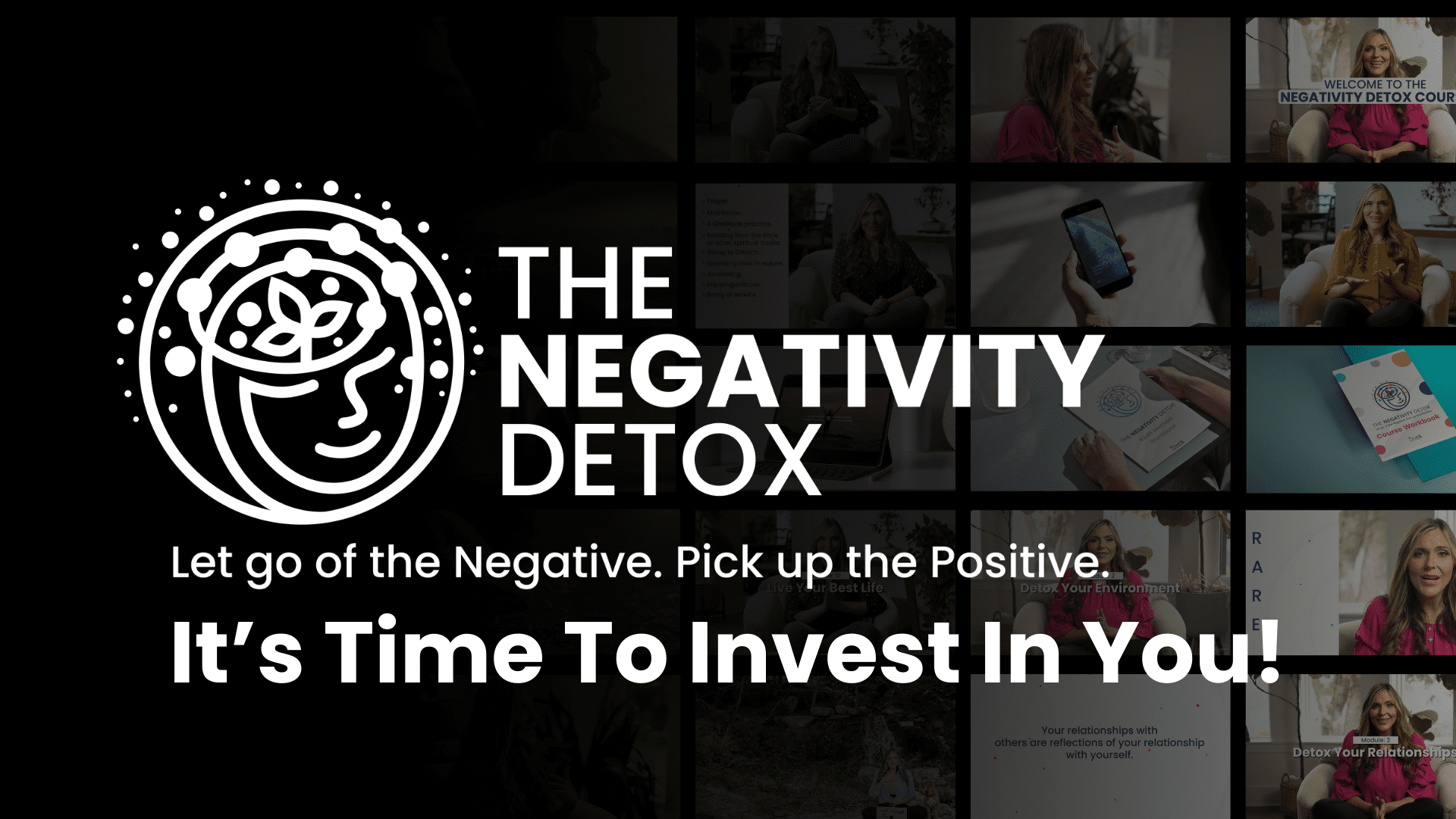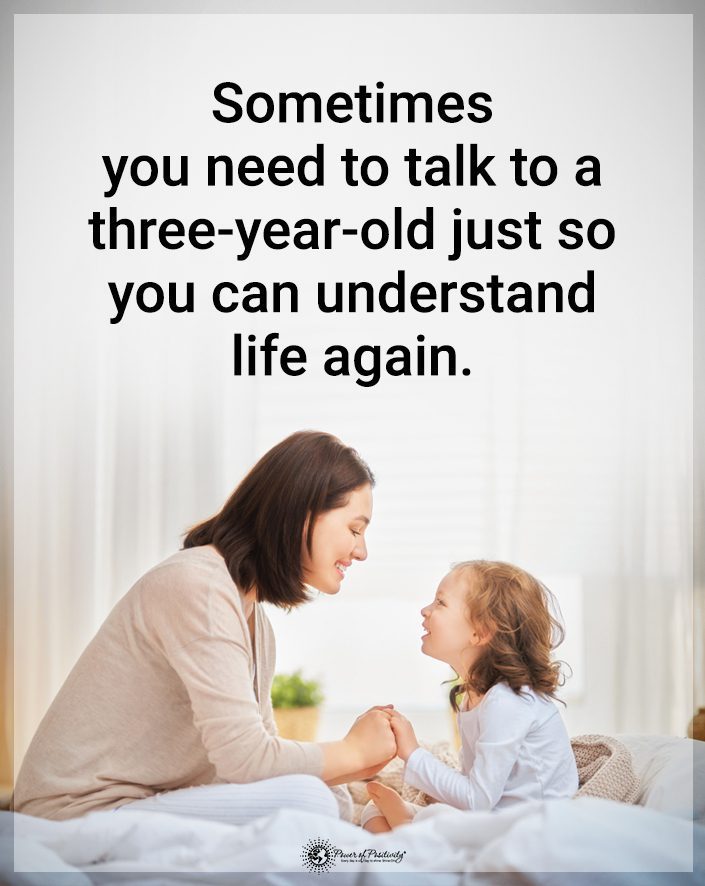These behaviors can lead you to heartbreak.
Cheating in relationships is a complex and often painful issue that many couples face. While the act of cheating is a personal decision and responsibility, certain relationship dynamics can create an environment where infidelity is more likely to occur. That doesn’t excuse this inexcusable behavior.
Also, it’s worth mentioning that not every couple that experiences an isolated act of infidelity ends the relationship. Some couples find this an insurmountable problem. However, others work hard to uncover the causes of that poor judgment and then rebuild from a new foundation. There’s not necessarily a right or wrong answer – only what’s right or wrong for the individuals impacted by a cheating incident.
Ten Things That May Lead a Partner to Cheating
Let’s take a look at ten behaviors that often lead to cheating.
1 – Lack of Emotional Intimacy
Emotional intimacy brings to every relationship a deep sense of connection and understanding between partners. A study published in the “Journal of Sex & Marital Therapy” found that a lack of emotional intimacy is a significant predictor of infidelity. When individuals feel emotionally disconnected from their partners, they may seek that connection elsewhere.
2 – Sexual Dissatisfaction
Sexual dissatisfaction is another major factor that can lead to cheating. The “Archives of Sexual Behavior” journal reported that individuals who are unhappy with their sexual relationships are more likely to cheat. This dissatisfaction can stem from a mismatch in libido, sexual preferences, or a lack of sexual activity.
3 – Neglect and Lack of Appreciation
Feeling neglected or unappreciated can lead to resentment and emotional distance. According to one study in the “Personality and Social Psychology Bulletin,” individuals who do not feel valued by their partners are likelier to be unfaithful as they seek validation and appreciation elsewhere.
4 – Poor Communication
Effective communication is critical in maintaining a healthy relationship. A study from the “Journal of Communication” suggests that poor communication can lead to misunderstandings, unresolved conflicts, and feelings of isolation, all of which can contribute to the likelihood of cheating.
5 – Chronic Conflict and Arguments
Constant conflict and unresolved arguments can erode the foundation of a relationship. Research in the “Journal of Marriage and Family” indicates that couples who engage in frequent, unresolved conflicts may be more prone to infidelity as individuals seek peace or escape in extramarital relationships.
6 – Emotional or Physical Abuse
Abuse, whether emotional or physical, can devastate a relationship’s trust and safety. Victims of abuse may seek solace or a sense of empowerment through relationships outside of their abusive partnership, as noted in a publication by the “American Psychological Association.”
7 – Long-Distance Relationships
The strain of a long-distance relationship can sometimes lead to cheating. Some partners feel that the physical absence of a partner for increasingly extended periods can lead to loneliness and the temptation to seek companionship elsewhere.
8 – Life Transitions and Stress
Major life transitions, such as the birth of a child, a new job, or financial stress, can strain the relationship tremendously. The “American Journal of Sociology” reports that these stressors can distract from the relationship, leading individuals to seek comfort or escape through infidelity.
9 – Boredom and Desire for Novelty
Boredom in a relationship or a desire for novelty and excitement can be a driving force behind cheating. The journal “Personality and Individual Differences” explains how some individuals may cheat as a way to break the monotony of a long-term relationship or to experience new sexual or emotional experiences.
10 – Low Self-Esteem and Insecurity
Individuals suffering from low self-esteem or insecurities may cheat as a way to seek validation and boost their self-worth. According to research in the “Journal of Family Psychology,” these individuals might engage in infidelity to feel desired, attractive, or worthy.

10 Signs Your Partner Is Cheating
Now that you better understand the causes of cheating, how can you tell if it’s happening to you?
1 – Sudden Changes in Communication
A significant shift in how your partner communicates with you could be a red flag. They might become less responsive, avoid deep conversations, or seem disinterested in daily exchanges. This change often indicates they are emotionally investing elsewhere.
2 – Unexplained Absences or Schedule Changes
If your partner frequently has unexplained absences or sudden changes in their routine without a clear reason, it could suggest they are making time for someone else. These absences often come with vague or inconsistent explanations.
3 – Increased Secrecy with Their Devices
A cheating partner often becomes overly protective of their devices. They might change passwords, keep their phone out of sight, or become anxious when you’re near their devices, indicating they have something to hide.
4 – Decreased Intimacy
A noticeable decrease in intimacy can be a sign of cheating. This change in your physical closeness isn’t just about physicality. Instead, it also speaks to a reduced emotional connection. Your partner may seem distant, disinterested, or less affectionate than usual.
5 – Unexplained Expenses
Finding unexplained receipts, charges on credit card statements, or a decreased shared financial transparency can indicate your partner is spending money on someone else or activities they’re not telling you about.
6 – Overly Defensive Behavior
If your partner becomes unusually defensive or starts arguments over small issues, it might be a way to deflect attention from their infidelity. This behavior often comes with a sense of guilt they’re trying to mask.
7 – Changes in Appearance
Does your partner have a sudden interest in improving their appearance, like new clothes, a different hairstyle, or a renewed focus on fitness? Can they not give you any clear reason for this newfound interest? That can be a sign they’re trying to impress someone else.
8 – Unusual Phone or Internet Use
Increased secrecy around phone or internet use, such as frequent texting, late-night calls, or unusual online activity, can indicate an affair. They might also clear their browsing history or delete messages more often. These actions can mean they are physically cheating or carrying on a virtual emotional relationship.
9 – Emotional Distance
Your partner may become emotionally distant. They may also have less interest in your life, feelings, or plans. This emotional withdrawal is often a sign they are detaching from the relationship.
10 – Gut Feeling
Call it a gut feeling, a karmic sign, or an intuitive message. Whatever you call it, the most telling sign is often your keen intuition. If you consistently feel something is off or sense a change in the dynamics of your relationship, it’s important to trust your instincts and explore these feelings further.
Seeking Professional Help After Cheating: Healing the Relationship or Moving on Alone?
Deciding whether to heal a relationship after infidelity or to move on alone is a deeply personal and challenging decision. Professional help, including therapy or counseling, can prove invaluable in navigating this highly complicated emotional time. Recovering after cheating is no time to try to go it alone – you need a solid support system.
Healing the Relationship
If both partners are committed to restoring the relationship, therapy can provide a place of safety for addressing any underlying issues that have led to infidelity. Couples therapy focuses on rebuilding trust, improving communication, and fostering forgiveness. It’s a process that requires time, patience, and a willingness to understand each other’s perspectives and vulnerabilities. Therapists can guide couples through this journey, helping them to reconnect and rebuild a stronger, more transparent relationship.
Moving on Alone
Sometimes, the best course of action might be to part ways. Individual therapy can support those who choose to move on alone, helping them to process their feelings of betrayal, grief, and anger. Working through these emotions is important to avoid carrying them into future relationships. Therapy can also be a place to rediscover personal goals and values, build self-esteem, and learn from the experience to foster healthier relationships in the future.
The decision to stay and heal or to leave and move on is not taken lightly. It often involves weighing many factors, including the nature of the infidelity, the history of the relationship, personal values, and the presence of children or other dependents. Professional guidance can provide both clarity and support when faced with this life-changing decision. Thus, they help ensure your ultimate choice aligns with one’s long-term emotional well-being and life goals.

Final Thoughts on the Relationship Causes That Often Lead to Cheating
Understanding these issues is crucial for couples who wish to strengthen their relationship and prevent infidelity. It’s important to note that while these things can contribute to the likelihood of cheating, they do not justify or excuse the act. Cheating is a complex issue that often requires professional intervention, such as couples therapy, to address underlying problems and rebuild trust.





















